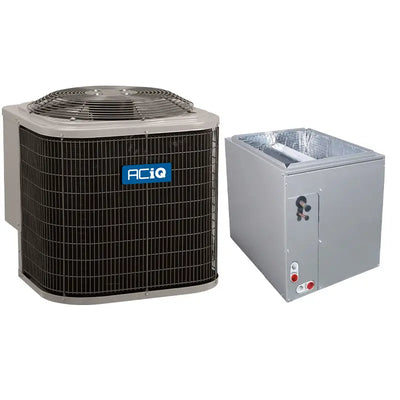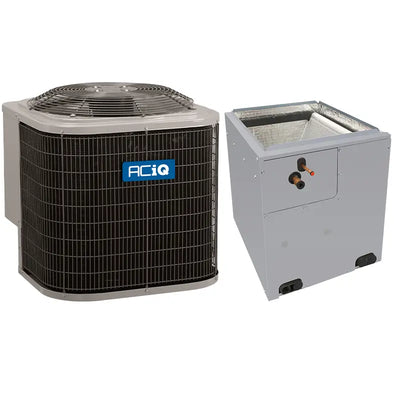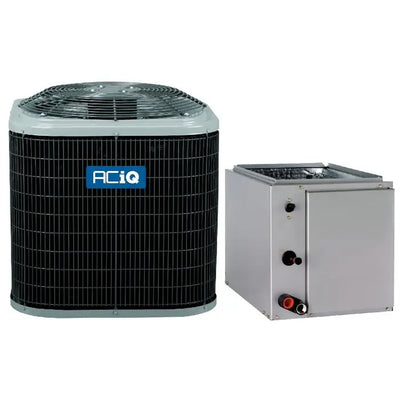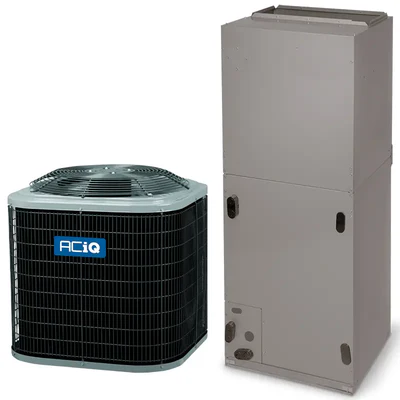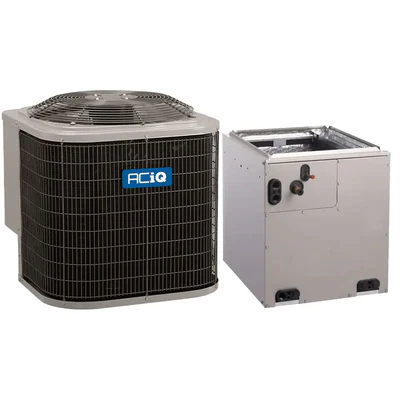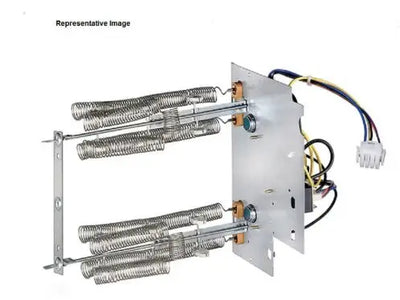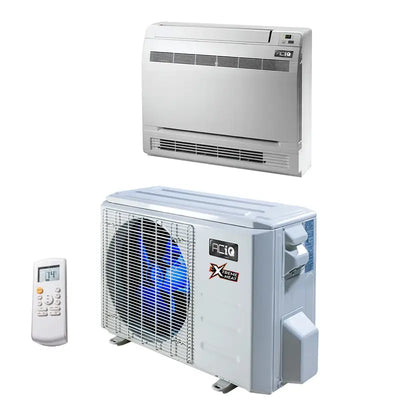SEER Energy Savings Calculator
Use This ServiceTitan Energy Savings Calculator To Show Customers Real Savings
The costs of cooling (or heating) homes and businesses certainly adds up, especially when operating outdated equipment that constantly runs and struggles to keep up with demand. To help customers reduce those high-energy costs, explain the benefits of installing a new air conditioner or heat-pump system and show them how much money they can save with ServiceTitan’s SEER Energy Savings Calculator.
What is SEER?
SEER stands for Seasonal Energy Efficiency Ratio.
Every air conditioner and heat pump comes with a SEER rating, which represents the unit’s energy efficiency. Generally, the higher the HVAC SEER rating, the more efficient the unit and the less energy it consumes. This means A/C energy savings for your customers, and a great selling point for your tech.
Since 2015, national energy efficiency standards require a minimum SEER rating on all air conditioners and heat pumps sold and installed. While older HVAC equipment may have an 8 or 9 SEER rating, modern units typically range from 13 or 14 SEER as a minimum (regulations vary by state) and 21 to 25 SEER as a maximum.
Another round of national energy efficiency standards for residential central AC and heat pumps goes into effect in 2023.
But, there’s more to helping customers choose the best central air system or heat pump than simply picking a unit with the highest SEER rating. Our SEER Rating Calculator determines costs and A/C energy savings based on a specific HVAC formula.
How to Calculate SEER Energy Savings
To calculate SEER, ServiceTitan uses four factors to determine how much a customer could potentially save on energy costs by upgrading to a unit with a higher HVAC SEER rating:
- SEER rating of customer’s current air conditioner or heat pump.
Look for the bright yellow and black “EnergyGuide” rating tag on the side of the customer’s outdoor condenser or indoor air handler; or record the system’s model number and serial number, then contact the manufacturer
- Size (in tons) of customer’s current air conditioner or heat pump.
Although some companies refer to tonnage as the size of the A/C or heat pump, the term represents the unit’s cooling capacity—how much heat the unit removes from a house or business in one hour. For example, a 1-ton air conditioner can remove 12,000 BTUs of heat from a home in one hour, while a 2-ton air conditioner can remove 24,000 BTUs.


















![Off-Grid EG4 System Bundle - 12kW 120/240V Output / 48VDC - 30.72kWh EG4 Lithium Battery Bank | 2 x EG4 6000XP | 6x EG4 Server Rack Batteries [BNDL-E0008]](http://minisplitsystemsdirect.com/cdn/shop/files/bndl-e0008__50911_600x.jpg?v=1724202023)
![Complete Hybrid Solar Kit - EG4 PowerPro ESS | 12 kW AC Output | Up To 45 kWh Battery Backup [Kit-E0007]](http://minisplitsystemsdirect.com/cdn/shop/files/490_source_1719931806_600x.webp?v=1726195104)











